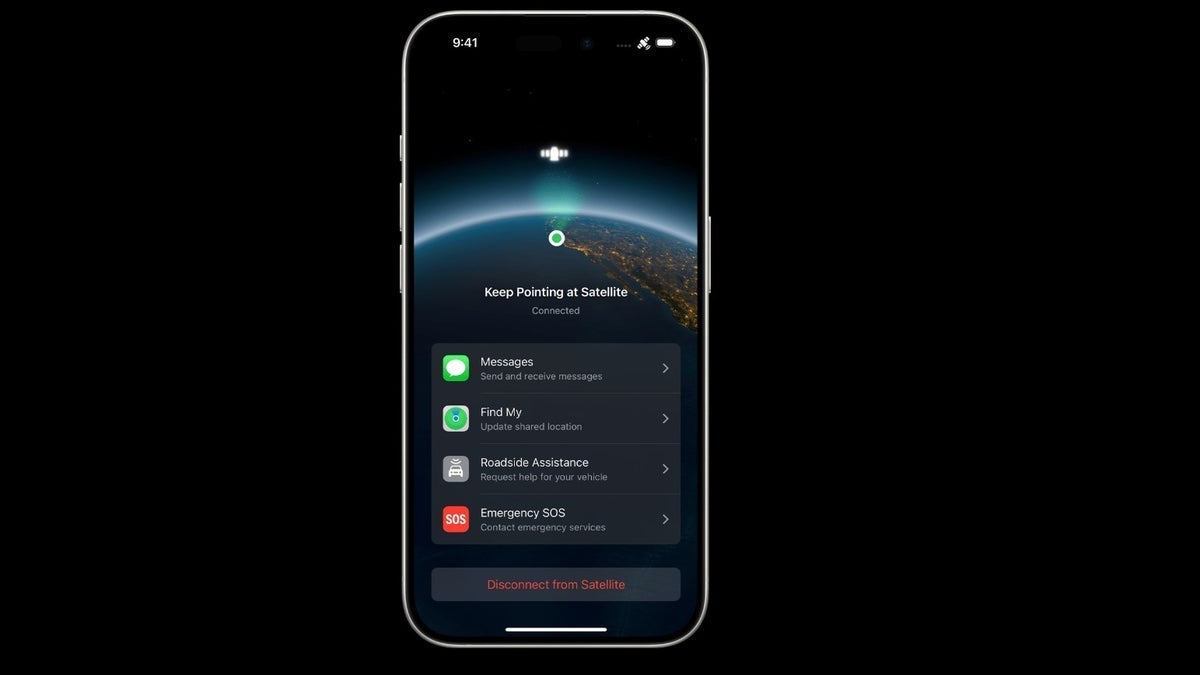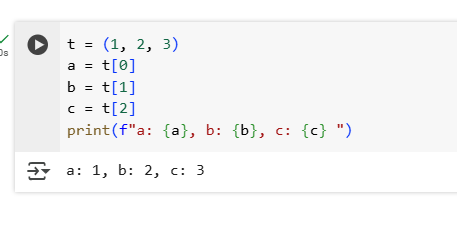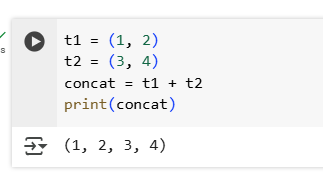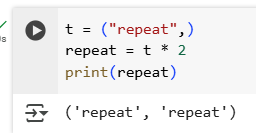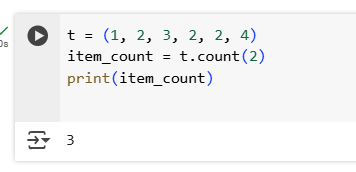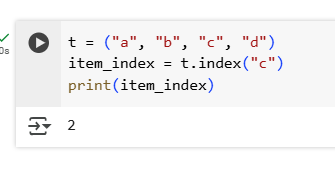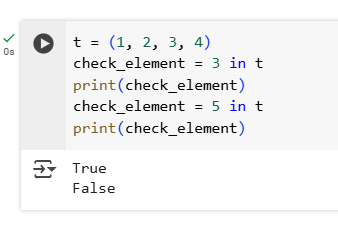Task 6: Tuple
1.Create a tuple containing the names of three fruits. Print the tuple and its type. 2.Given a tuple t = ("apple", "banana", "cherry"), access and print the second element. 3.Unpack the tuple t = (1, 2, 3) into variables a, b, and c, and print the variables. 4.Concatenate two tuples t1 = (1, 2) and t2 = (3, 4) and print the result. 5.Create a tuple t = ("repeat",) and repeat it three times. Print the resulting tuple. 6.Given a tuple t = (1, 2, 3, 2, 2, 4), count the number of times the number 2 appears. 7.Given a tuple t = ("a", "b", "c", "d"), find the index of the element "c". 8.Check if the element 5 is present in the tuple t = (1, 2, 3, 4) Find and print the length of the tuple t = ("one", "two", "three"). Slice the tuple t = (0, 1, 2, 3, 4, 5) to obtain a sub-tuple containing only the elements from index 2 to 4. Create a nested tuple representing a 2D point (x, y) = ((1, 2), (3, 4)). Access and print the second coordinate of the second point. Try to change the value of the first element in the tuple t = (1, 2, 3) and observe what happens. Convert a list l = [1, 2, 3] to a tuple and print the result. Then convert a tuple t = (4, 5, 6) to a list and print the result. Create a tuple with a single item 5 and verify its type is a tuple. Iterate over the tuple t = ("ParottaSalna", "is", "good") and print each element. Convert the string "hello" into a tuple of characters. Convert a dictionary d = {"one": 1, "two": 2} into a tuple of its items. Write a function that takes a tuple of numbers and returns the sum of the numbers. Use tuples as keys in a dictionary to represent points on a grid. For example, grid = {(0, 0): "origin", (1, 2): "point A"}.

1.Create a tuple containing the names of three fruits. Print the tuple and its type.
2.Given a tuple t = ("apple", "banana", "cherry"), access and print the second element.
3.Unpack the tuple t = (1, 2, 3) into variables a, b, and c, and print the variables.
4.Concatenate two tuples t1 = (1, 2) and t2 = (3, 4) and print the result.
5.Create a tuple t = ("repeat",) and repeat it three times. Print the resulting tuple.
6.Given a tuple t = (1, 2, 3, 2, 2, 4), count the number of times the number 2 appears.
7.Given a tuple t = ("a", "b", "c", "d"), find the index of the element "c".
8.Check if the element 5 is present in the tuple t = (1, 2, 3, 4)
Find and print the length of the tuple t = ("one", "two", "three").
Slice the tuple t = (0, 1, 2, 3, 4, 5) to obtain a sub-tuple containing only the elements from index 2 to 4.
Create a nested tuple representing a 2D point (x, y) = ((1, 2), (3, 4)). Access and print the second coordinate of the second point.
Try to change the value of the first element in the tuple t = (1, 2, 3) and observe what happens.
Convert a list l = [1, 2, 3] to a tuple and print the result. Then convert a tuple t = (4, 5, 6) to a list and print the result.
Create a tuple with a single item 5 and verify its type is a tuple.
Iterate over the tuple t = ("ParottaSalna", "is", "good") and print each element.
Convert the string "hello" into a tuple of characters.
Convert a dictionary d = {"one": 1, "two": 2} into a tuple of its items.
Write a function that takes a tuple of numbers and returns the sum of the numbers.
Use tuples as keys in a dictionary to represent points on a grid. For example, grid = {(0, 0): "origin", (1, 2): "point A"}.































































































































































![[The AI Show Episode 143]: ChatGPT Revenue Surge, New AGI Timelines, Amazon’s AI Agent, Claude for Education, Model Context Protocol & LLMs Pass the Turing Test](https://www.marketingaiinstitute.com/hubfs/ep%20143%20cover.png)











































































































![Is this too much for a modular monolith system? [closed]](https://i.sstatic.net/pYL1nsfg.png)













![[DEALS] Koofr Cloud Storage: Lifetime Subscription (1TB) (80% off) & Other Deals Up To 98% Off – Offers End Soon!](https://www.javacodegeeks.com/wp-content/uploads/2012/12/jcg-logo.jpg)









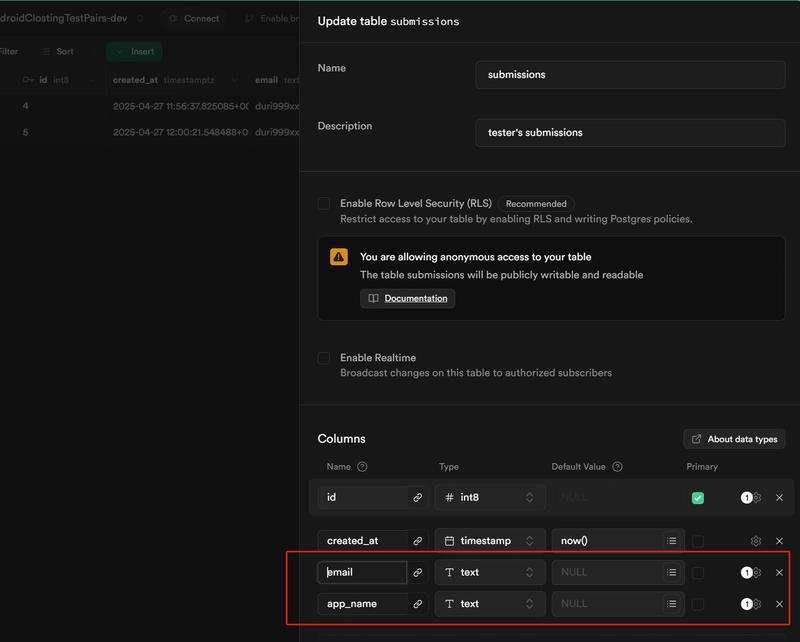








































































































































 CISO’s Core Focus.webp?#)
























































































![Hostinger Horizons lets you effortlessly turn ideas into web apps without coding [10% off]](https://i0.wp.com/9to5mac.com/wp-content/uploads/sites/6/2025/04/IMG_1551.png?resize=1200%2C628&quality=82&strip=all&ssl=1)




![This new Google TV streaming dongle looks just like a Chromecast [Gallery]](https://i0.wp.com/9to5google.com/wp-content/uploads/sites/4/2025/04/thomson-cast-150-google-tv-1.jpg?resize=1200%2C628&quality=82&strip=all&ssl=1)










![iPadOS 19 May Introduce Menu Bar, iOS 19 to Support External Displays [Rumor]](https://www.iclarified.com/images/news/97137/97137/97137-640.jpg)

![Apple Drops New Immersive Adventure Episode for Vision Pro: 'Hill Climb' [Video]](https://www.iclarified.com/images/news/97133/97133/97133-640.jpg)


















































